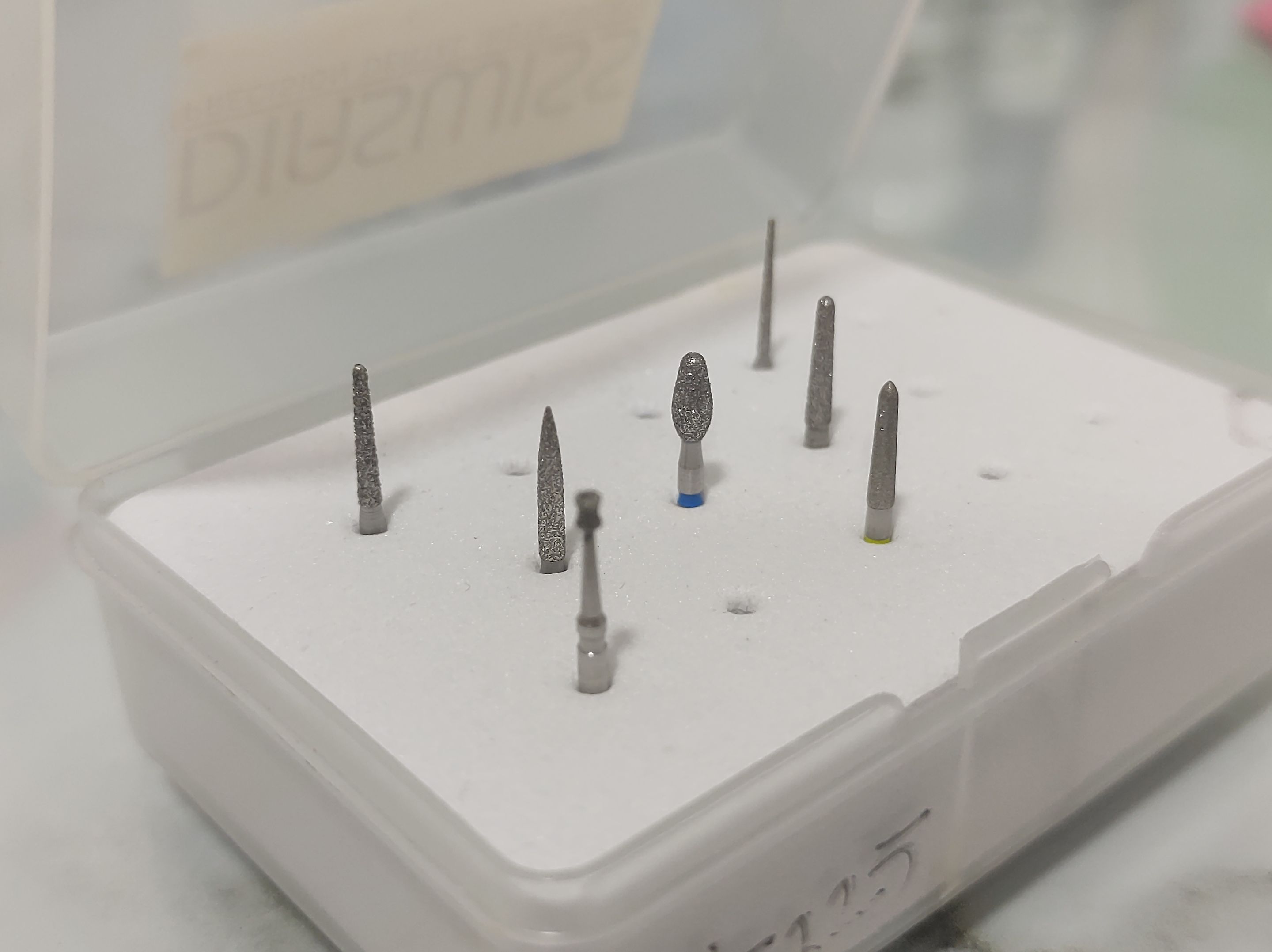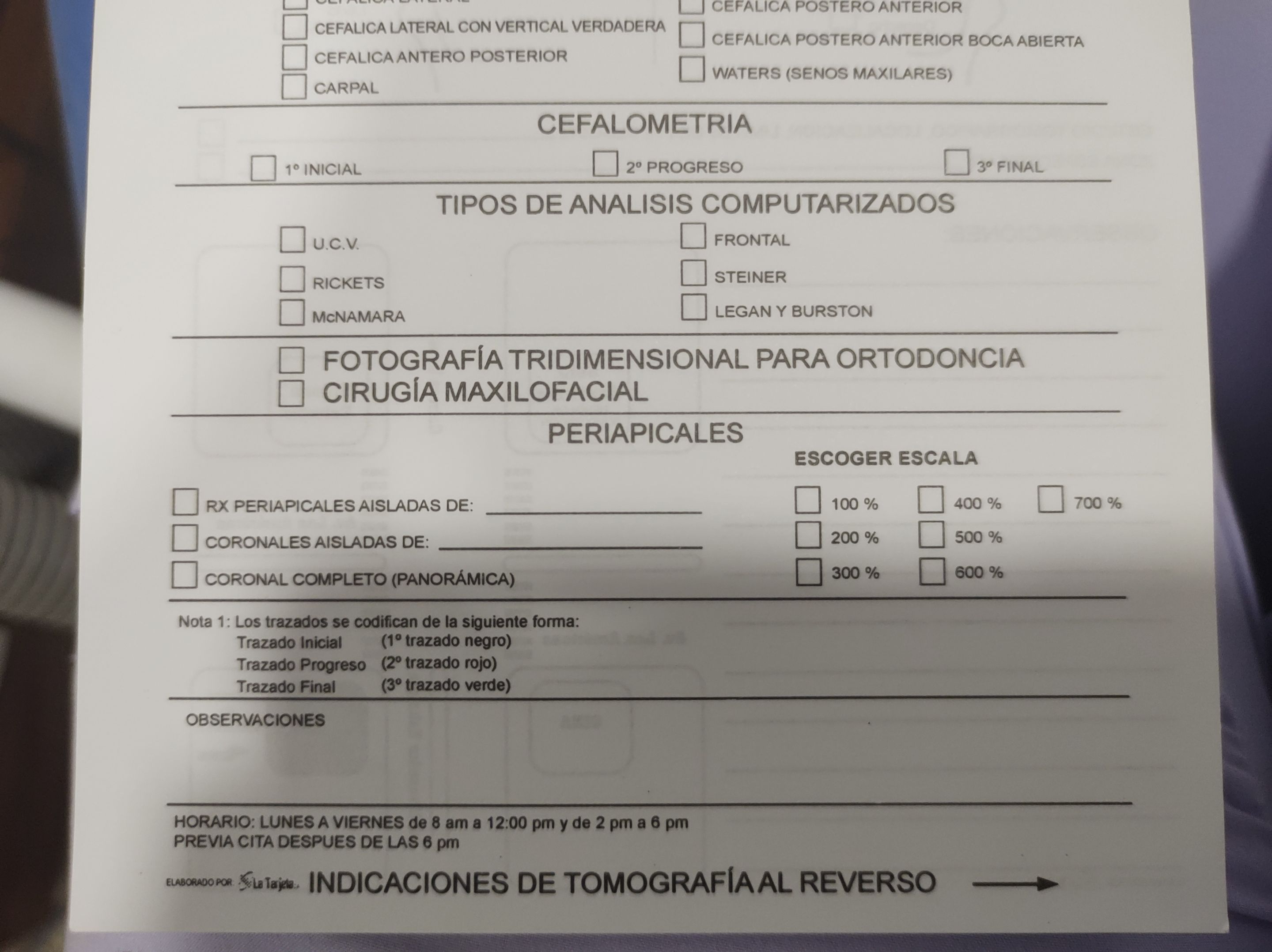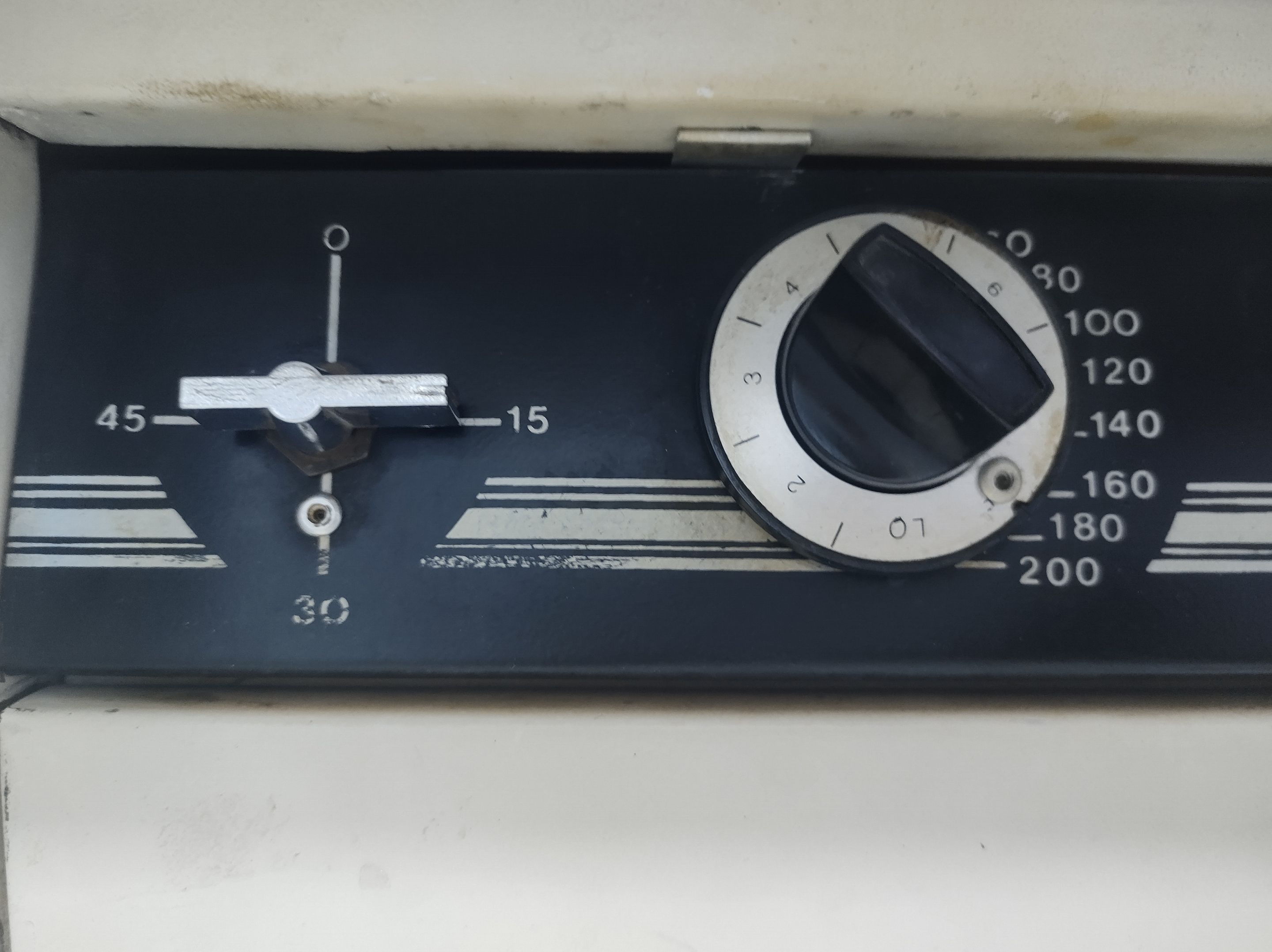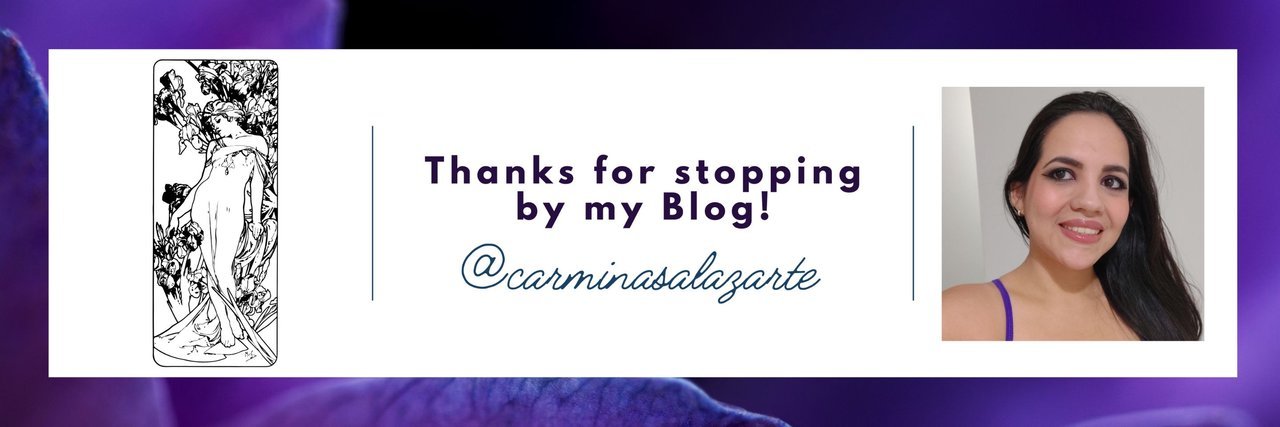


Greetings to everyone in the Daily Blog community! Today I'm joining you today to share another day at the dental office. This time, as the weekend approaches and a week full of experiences comes to a close, I can say I can put aside my work as a dental assistant for a bit and focus on my personal hobbies. However, I can't leave without first telling you a little about the events in the office these past few days. Join me for this.
This week we received two cases that were particularly interesting, and one of them was quite a challenge. One of the patients came in complaining of severe pain in the upper right quadrant. Upon receiving the full oral cavity, the doctor confirmed that there was some mobility in a fixed bridge the patient had had for about 15 years. That's not supposed to happen. Moving a prosthesis that's meant to serve as false teeth for a patient and has two posts anchored to the alveolar bone (part of the maxilla) only suggests something serious is happening. The X-rays/panoramics detected alveolar bone resorption, meaning she had lost bone, and the fixed bridge was no longer "holding" properly. Furthermore, it's suspected that the person who made and implanted this prosthesis was an empiric dentist, someone who practices as a dentist without actually being one.
¡Saludos a todos en la comunidad de Daily Blog! El día me uno por aquí para compartir con ustedes un nuevo día en el consultorio odontológico. En esta oportunidad, llegando nuevamente el fin de semana y el termino de una semana llena de experiencias, puedo decir que puedo soltar un poco de lado el trabajo cómo AD y buscar concentrarme en mis hobbies personales. Sin embargo no puedo irme sin antes comentarles un poco sobre los sucesos en el consultorio durante estos últimos días. Acompáñame en ello.En esta semana recibimos dos casos que fueron particularmente interesantes y uno de ellos, todo un reto. Uno de los pacientes acudía por un fuerte dolor en el cuadrante superior derecho, al recibir toda la cavidad bucal, la doctora confirmo que había cierta movilidad en un puente fijo que la paciente poseía y tenia alrededor de unos 15 años. Eso no debe suceder, es decir, que se mueva una prótesis que tiene cómo fin servir cómo dientes postizos para un paciente y que cuenta con dos postes que se encuentra anclados al hueso alveolar (parte del hueso maxilar), solo hace pensar que algo grave está pasando. Con los rx/panorámica se detectó que tenía reabsorción ósea alveolar, es decir, había perdido hueso y el puente fijo ya "no se sostenía" cómo debía. Además de que se sospecha que quién realizó e implantó está prótesis, fue un empírico, alguien que ejerce cómo odontólogo sin serlo.



It was a difficult case, but impressive because it must be handled with great care. So, little by little (for several hours), we performed the treatment on the patient, which consisted of grinding down the crowns of the prosthesis and removing each tooth, one by one. It was a relief when everything was removed, and the patient could breathe a sigh of relief that the discomfort was gone. Of course, these cases require medication, so she had already come in early and that situation was resolved. Unfortunately, she is no longer a candidate for these implants, so the ideal option is to have a removable prosthesis placed. Sometimes patients prolong these processes because they believe it's better to endure the pain than to get rid of their prostheses, which is terrible. Fortunately, with good guidance and explanation, they can give in and accept that the remedy is ideal.
By the way, what you see here are diamond burs used in high-rotation parts (micromotors, for example). Many of them are used for prosthetics and wear out in a second. Since they are the longest-lasting burs, you can imagine the quality of the material used in prosthetics to wear down the diamond. Another case involved a patient who had their braces removed, and once again the burs were no longer useful. This can also be a treatment that, depending on the dentist, is performed with one technique or another. In any case, it takes some time to remove everything and clean it thoroughly, but it's always worth it because patients are happy to be able to get rid of it and show off a smile without braces. This has been a bit of today's week. Without further ado, thank you so much for stopping by.
Fue un caso difícil, pero impresionante pues debe procederse con mucho cuidado. Así poco a poco (por varias horas) estuvimos haciendo el tratamiento al paciente que consistía en desgastar las coronas de la prótesis y sacar cada pieza, una por una. Fue un alivio cuando se retiró todo y la paciente pudo respirar aliviada de que ya no tenía más esa molestia. Por supuesto para estos casos se debe medicar, así que ya ella había venido con tiempo y se solventó esa situación. Lamentablemente ella ya no es candidata para estos implantes, así que lo más ideal es que se coloque una prótesis removible. A veces los pacientes alargan estos procesos pues consideran que es mejor aguantar el dolor que deshacerse de sus prótesis, lo cual es terrible. Por suerte, con una buena guia y explicación del asunto, pueden ceder y aceptar que el remedio es lo ideal.Por cierto, esto que ven aquí son fresas de diamantes utilizadas en las piezas de alta rotación (micromotor, por ejemplo), muchas de ellas son utilizadas para esto de las prótesis y en un segundo se desgastan. Siendo que son las fresas más duraderas, podrán imaginar la calidad del material que tienen las prótesis para desgastar al diamante. Otro caso fue el de un paciente que se retiraba la ortodoncia y nuevamente las fresas pasaron a mejor vida. Ese también puede ser un tratamiento que dependiendo del odontólogo, se hace con una técnica u otra. En todo caso, toma cierto tiempo retirar todo y limpiar muy bien, pero siempre valdrá la pena porque los pacientes quedan felices de poder deshacerse de ello y lucir una sonrisa sin ortodoncia. Esto ha sido un poco de la semana de hoy. Sin más que decir, muchísimas gracias por pasar por aquí.
